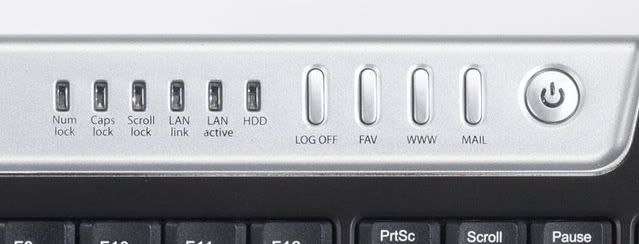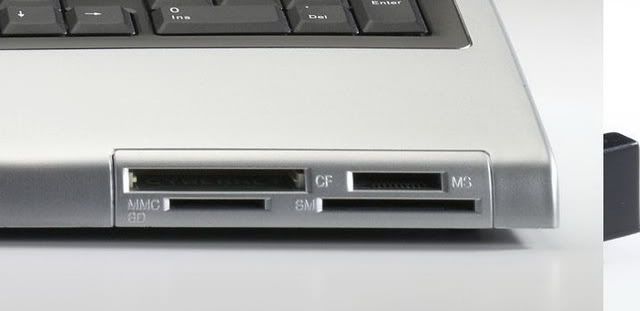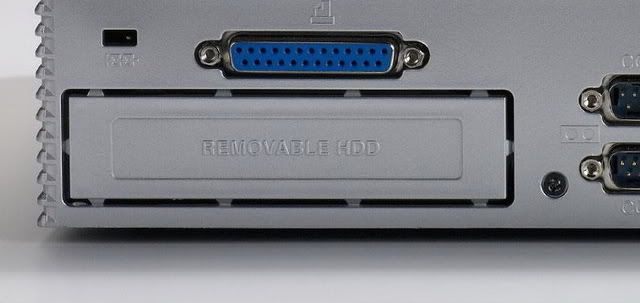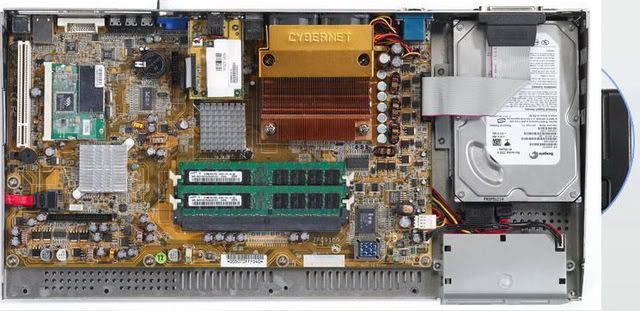It’s an essential task for any computer user, but it’s also pretty intimidating for most. Here’s a simple guide to backing up the data on your computer
There are many reasons why you should back up your computer—possibiliti es of hard disk corruption or crash due to malicious programs or technical faults, accidents such as fires or thefts, and so on. However, for most users, a ‘backup’ is either inessential or too technical. It needn’t be either of these; here are guidelines you could follow to make backing up a routine task.
What to back up
You should back up data that cannot be replaced easily, balancing this with the need to keep backup sizes within reasonable control. If you have hundreds of gigabytes of music, it may not be possible to back up all of it within reasonable costs.
You could decide to back up your work-related files, Internet downloads that you’ve paid for, photographs, music that you’ve purchased from the Internet, any financial records, your Outlook Address Book and so on.
Once you decide what you would like to backup, you can estimate the amount of storage space you would need for this. The estimate should also include the possibility of data growth in future. The amount of storage space you need will help you decide where you would create your backups.
Where to back up
A backup should ideally be created on a separate hard disk or at least a separate hard-disk partition. You could also take backups on Zip drives, CDs or DVDs, or even USB pen drives. Remember that taking backups is a regular task, so you need adequate space for them. If you decide to backup to removable media like CDs or DVDs, remember to buy RW disks, so that you can update your backups by erasing the older ones and burning the new ones.
Another way of taking backups is to do it online. Here, you connect to a website, such as Xdrive, which gives you a backup utility that creates your backup, compresses it, encrypts it, and then transfers it to a third-party location. You can connect to this location to view or update your backups, when your system information or data changes. Online backups have the advantage that your data is stored in two separate locations—your PC and a remote location.
CD-RWs and DVD-RWs are relatively inexpensive. Moreover, a CD-RW can store up to 700 MB of data, while a DVD-RW can store a few GB. However, you need to check that your PC comes with the appropriate drive for the media you want to use. Otherwise, you’ll need to invest in the drive as well. Most USB drives can hold up to 2 GB of data and are not too expensive, but due to their small size, are easy to misplace. Zip drives and disks are relatively expensive, but usually come with backup software that helps in taking backups.
How to back up
There are many ways of taking backups. Windows XP and Vista come with backup utilities. In Windows XP, this is available under Start > All Programs > Accessories > System Tools. In Windows Vista, go to Start > Control Panel > System and Maintenance > Back up your computer.
If you don’t have the backup utility in Windows, you can install it from the CD. Apart from the Windows utilities, you can also use any of the numerous free backup utilities that are available online. Only remember to download these from trusted sites, such as download.com.
Backup utilities take you through the process of backing up—choosing what to back up, where to back up, creating the backup, usually with compression so that more data can be stored. You can also create a backup schedule with the utility.
If the data you want to backup is not too large in size, you can create manual backups. Go to the folder that you want to backup, copy it and paste it to the location or disc where you want to create the backup.
You can also create an image of your hard disk by using utilities meant for this, so that your system can be restored to its current state in case of a crash. Several free utilities are available for this as well.
You’ll need to backup regularly, especially those parts of your essential data that change frequently. You can do this manually if the data isn’t too large or use the backup utility all over again.






